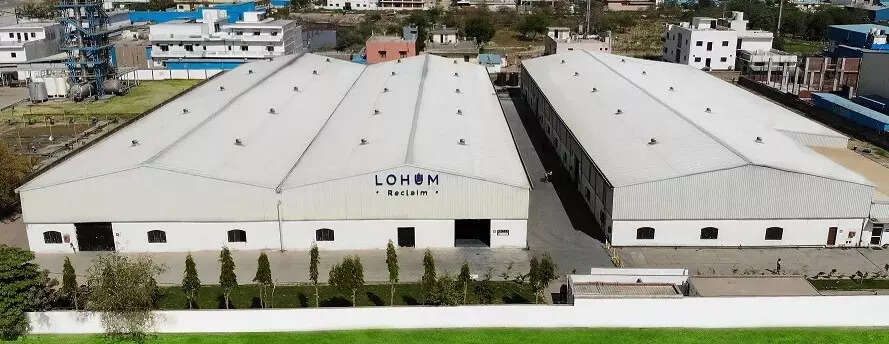
Lohum, producer of sustainable energy transition materials, and Vecmocon, an Indian EV intelligence company, have announced a partnership focused on enhancing electric vehicle (EV) battery lifecycle management.
This collaboration will combine Lohum’s battery testing technology and Vecmocon’s battery intelligence and real-time data monitoring to improve battery safety, reliability, and longevity. Vecmocon’s real-time data collection, supported by machine learning, will be synchronized with Lohum’s data systems.
A key feature is the integration of battery parameters from Vecmocon’s i-VEC™ drive offering. The collaboration aims to optimize EV battery usage, prolong battery life, encourage second-life battery utilization, and guide effective recycling of Li-ion batteries.
Lohum’s expertise in assessing battery second life is based on sophisticated algorithms and testing methods that calculate the remaining useful life of batteries. With the aid of Vecmocon’s Vehicle Intelligence Platform, Lohumintends to refine its DETX™ platform, which oversees battery buybacks and material price indices. The platform’s precision in evaluating battery value is expected to be top-notch due to this collaboration.
In a combined effort, the two companies aspire to power more than 100,000 batteries within the upcoming two years through an AI-powered battery management system and a vehicle intelligence module.
Peeyush Asati, Founder & CEO of Vecmocon, commented on the partnership, “This collaboration will help our clients in improving the performance of their batteries & extending life thus improving vehicle performance. This collaboration will also help the complete EV ecosystem of service, insurance, finance and used vehicle marketplaces.”
Rajat Verma, Founder & CEO of Lohum, expressed optimism about the collaboration, noting its alignment with the mission of advancing sustainable technologies and contributing to a circular economy for EVs in India.
This initiative could significantly cut EV financing and insurance expenses and introduce greater clarity to the used energy transition asset landscape.

